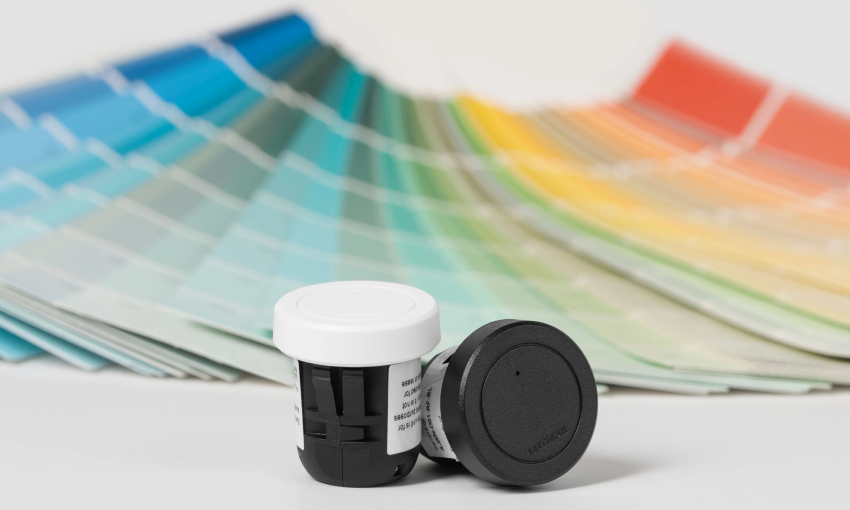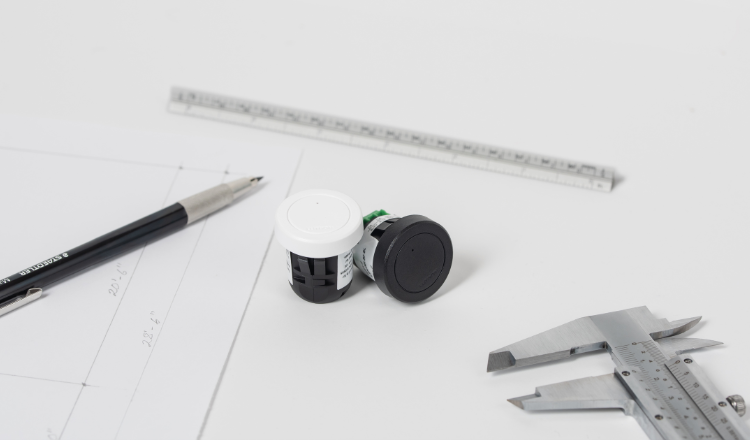The Path to Product Innovation – Athena Wireless Node

Ratan Rego
Lutron Product Development Manager
Boston Engineering Office
Lutron: Ratan, thank you for your time. Let’s start with a quick look at what spurred the development of the Athena wireless node.
Rego: When we launched our Athena lighting control system in 2020, we initially focused on its ability to work with our Ketra premier lighting portfolio. Our vision for the Athena wireless node was to expand system capabilities for all types of commercial applications by allowing easy integration with a wide range of third-party, static white, and tunable white fixtures.
The Athena wireless node is key to wirelessly integrating these third-party fixtures into Athena. Other design goals included the ability to accommodate a wide variety of fixture installations while ensuring the customer can customize control functionality, and providing individual fixture control that's dimming control agnostic and simple to use. Ultimately, the Athena wireless node had to be versatile out of the gate, leveraging our Clear Connect – Type X wireless platform to support new features, over-the-air updates, and global market expansion.

Lutron: What were the major challenges you faced?
Rego: We had three big challenges. The first was packing all the technology we needed into such a small form factor. The Athena wireless node is the smallest product Lutron has made to date; it fits into a standard 0.875” diameter fixture knockout and takes up less than 1” within the fixture. Figuring out how to deliver robust wireless communication while most of the product is enclosed within a metal box was no small feat either.
Next, for the “with sensor” version (-OCC) we took our patented XCT sensor technology and miniaturized it to fit while still offering the same reliable, fine-motion detection our customers expect.
Finally, we wanted to preserve freedom of design for our customers. To maximize compatibility with hundreds of third-party LED drivers, we integrated two dimming control options into every node – DALI-2 and 0-10V. What’s more, the customer doesn’t have to worry about configuring the control type. It’s plug-and-play. When the Athena wireless node is powered, it automatically detects the connected driver type.
"We embraced the complexity in order to simplify the design process for our customers."
Lutron: That’s a lot of technology to fit into a device this small. How does that complicate the design process?
Rego: It made the process highly iterative, and we were getting constant feedback from fixture manufacturers. In the end, we achieved our goal. All the technology is contained within the node – no external mounting adapters, no installation tools required, no attachments to unlock functionality.
Our team thrives on solving seemingly impossible design challenges. The temptation in new product design is to decide what your minimum viable product is – in other words, where you can compromise – but that wasn’t an option for us. We embraced the complexity in order to simplify the design process for our customers. The payoff is that now when you specify the Athena wireless node, there are only two choices to make – do you want to include sensor functionality in every fixture, and do you prefer the node in black or white? It’s that simple.

Lutron: How does the Athena wireless node support a system that is connected and future-proof?
Rego: The Athena system is cloud-enabled to provide access, down to the individual device, from anywhere in the world, and it has the ability to update devices in the background without impacting system performance. Because the Athena wireless node is a component of the Athena system, we can cloud-deploy firmware updates as our teams roll out new capabilities.
For example, we recently launched the new Athena dashboard and we were able to seamlessly update devices in the field with the ability to communicate energy and occupancy information to the dashboard to aggregate and display on a computer or tablet.
Lutron: What lies ahead?
Rego: We can’t share any developments right now. However, just like we built the Athena wireless node to deliver tremendous granularity and flexibility, we’ll be using that base to inspire and drive advanced features that meet our customers’ evolving needs.

